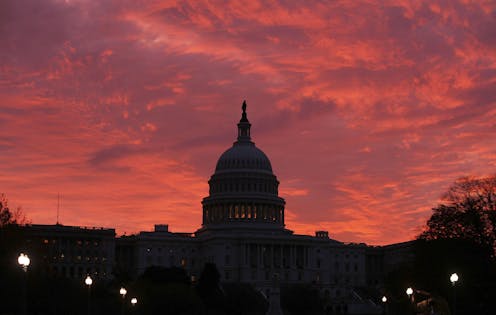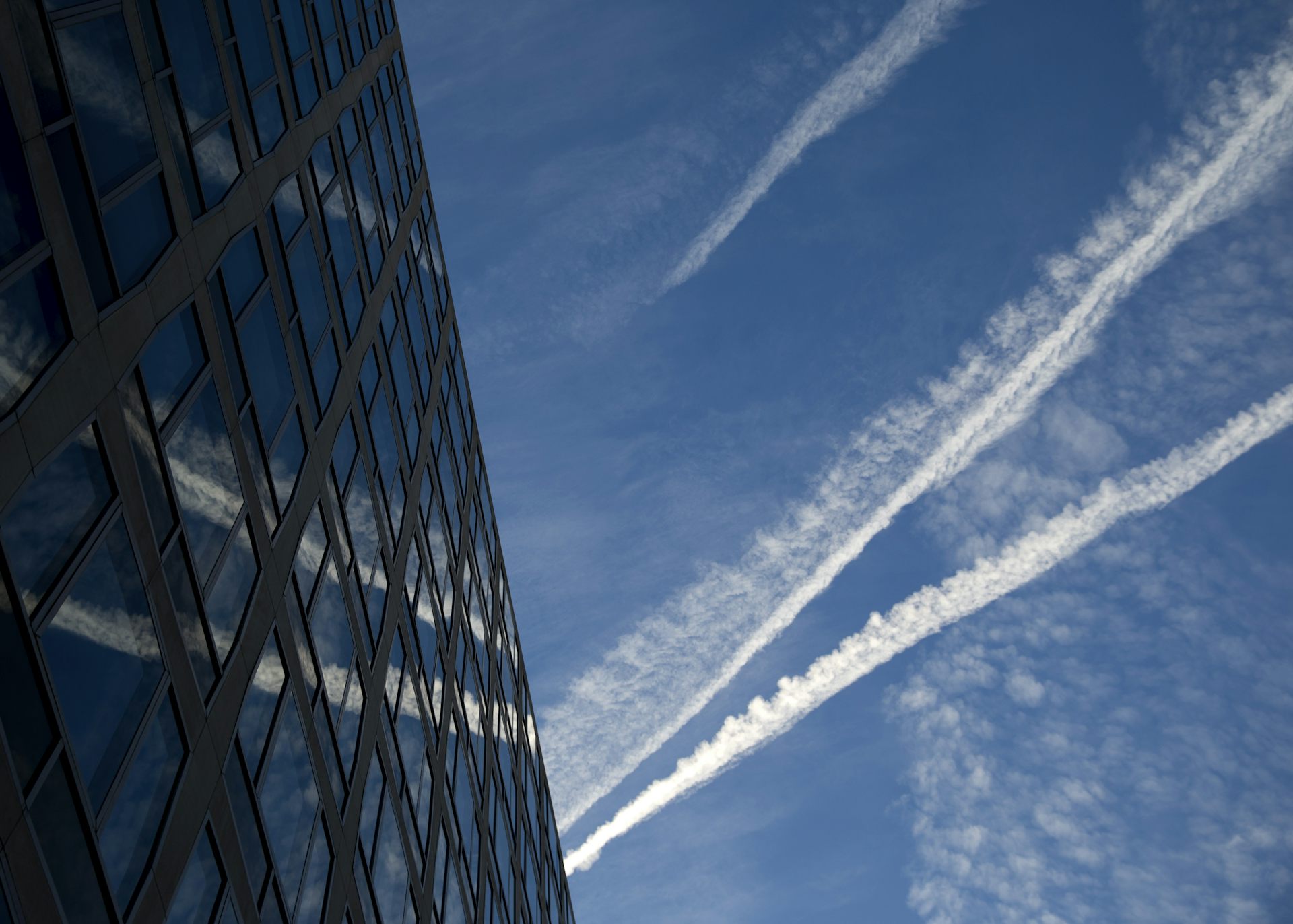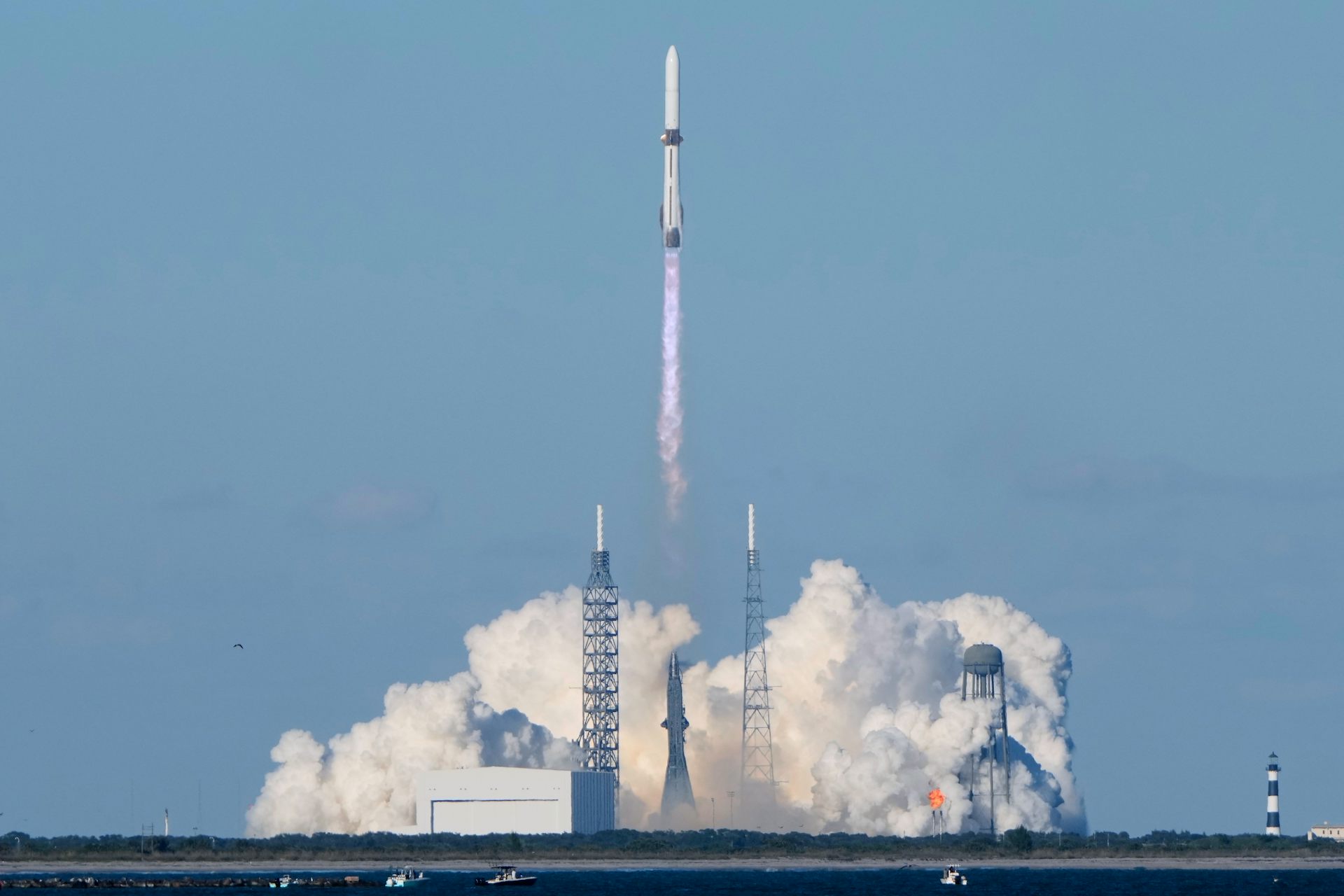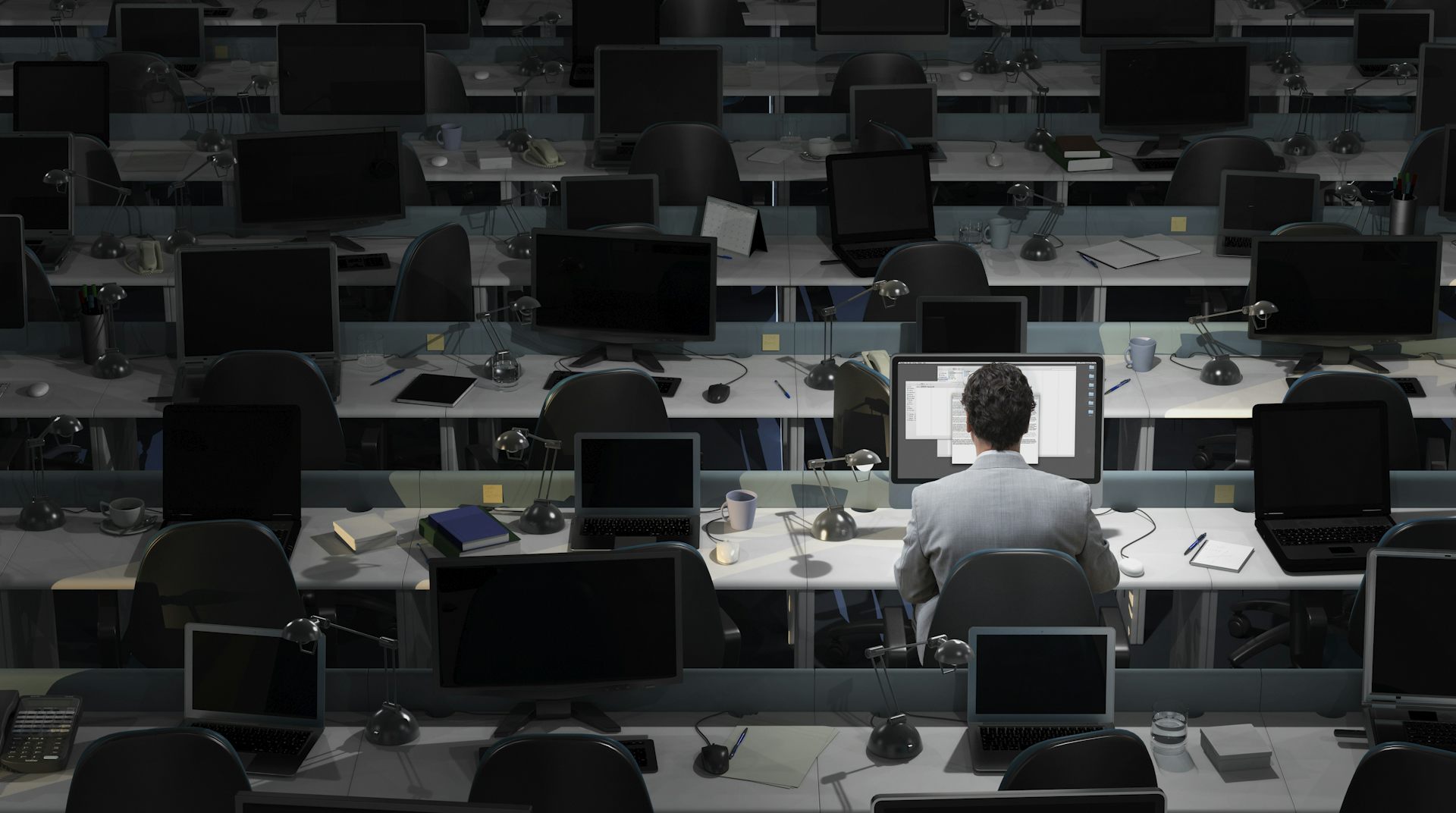What happened during the last government shutdown: 4 essential reads
Congress is working on a spending bill to avert another government shutdown. Scholars explain what’s in store if they fail.

The U.S. is (once again) staring down the barrel of a government shutdown.
Barring progress on a spending bill to fund government agencies past Sept. 30, 2021 – and Democrats are busying themselves trying to get such a measure through Congress – federal workers could find themselves being sent home, or asked not to come in.
For how long is uncertain. Over the last few decades, the length of government shutdowns has crept up. The most recent one, which started on Dec. 22, 2018, lasted 35 days, marking the longest shutdown to date.
During that period, The Conversation ran a series of articles that helped explain what was at stake, who suffers and why. Below are some insights gleaned by experts from previous government shutdowns that may give a clue as to what the U.S. can expect should the lights go off at midnight on Sept 30.
Who is affected
The federal workforce currently comprises around 2.1 million civilian employees. In the shutdown of 2018-2019, some 800,000 workers were affected by the government shutdown. Of those, around 380,000 were furloughed, meaning they could not work or get paid, while the rest worked without pay for the duration of the shutdown.
Nevbahar Ertas at the University of Alabama at Birmingham broke down those numbers for The Conversation. She explained that the vast majority of federal employees work and live outside of Washington, D.C. The work they perform ranges from protecting waterways and ensuring food safety to investigating crime.
In fact, federal workers “are employed in over 300 different occupations,” Ertas notes. Salaries vary along with the roles, but, as of 2017, the average federal salary was US$69,344.
À lire aussi : Who are the federal workers affected by the shutdown? 5 questions answered
What happens to consumer spending
One short-term consequence of not paying so many people is that it provides a short-term brake on consumer spending, according to Scott Baker, a professor of finance at Northwestern University.
Analyzing the impact of the 2013 government shutdown – which saw some federal workers furloughed for more than two weeks – Baker found that it led to an immediate 10% decline in average spending for households in which at least one member worked for an affected federal agency. For households with a member furloughed in the shutdown, the drop in consumer spending almost doubled.
This is a problem not just for federal employees and their families. As Baker explains, it has a ripple effect on local businesses. One area of particular concerns is restaurants. When people tighten their purse strings, eating out is one of the first things to go. Given the challenging times the restaurant trade has had during the pandemic, any additional disruption would come as a further blow.
“In addition, the longer the shutdown lasts, the worse its impact,” Baker notes.
À lire aussi : What's the economic impact of a government shutdown?
The impact on health and safety
Shutdowns don’t affect only the financial well-being of the U.S.
As Morten Wendelbo at American University School of Public Affairs writes, disruption to business-as-usual can harm the government’s ability to provide health services and protect the public from disasters.
This manifested in a number of ways during the 2018-19 shutdown. Disaster preparedness was one of the areas affected. The Federal Emergency Management Agency was forced to cease working on a several projects, and even those that continued were impacted by staff shortages as a result of federal furloughs. Among those temporarily sent home in that shutdown were hurricane modelers from the National Oceanic and Atmospheric Administration. Similarly, government employees tasked with managing forests prone to fires were affected by the shutdown.
“First responders and emergency experts use the off season to prepare for the next disaster season, but reports show that the prolonged shutdown is preventing some of this preparation, such as training for essential staff and forecasters,” Wendelbo explains.
À lire aussi : The shutdown will harm the health and safety of Americans, even after it's long over
Science suffers
“When the U.S. government shuts down, much of the science that it supports is not spared,” writes Angela Wilson of Michigan State University.
She should know. As the head of the National Science Foundation, Wilson endured two shutdowns: “The 1,800 NSF staff would be sent home, without access to email and without even the option to work voluntarily, until eventually an end to the shutdown was negotiated.”
And it wasn’t just her agency. Scientists at the Fish and Wildlife Service, the National Parks Service, the Environmental Protection Agency and the U.S. Geological Survey, among others, are also typically furloughed in government shutdowns. Such enforced periods out of work can be particularly disruptive for scientists who rely on critical windows for their work.
“If something happens only once a year and the moment is now – such as the pollination window for some drought-resistant plants – a researcher will miss out and must wait another year,” Wilson explains.
À lire aussi : Science gets shut down right along with the federal government
Read These Next
Why the chemtrail conspiracy theory lingers and grows – and why Tucker Carlson is talking about it
A communications researcher lays out the dynamics of conspiracy theory belief and why they gain traction…
Blue Origin’s New Glenn rocket landed its booster on a barge at sea – an achievement that will broad
Jeff Bezos’s aerospace company Blue Origin is now the second, after SpaceX, to land a rocket booster…
Don’t let food poisoning crash your Thanksgiving dinner
A few precautions as you prepare your Thanksgiving feast will help keep gastrointestinal distress out…






